The turn signal – technically known as a “direction indicator” – is an important part of a car’s signalling system. Its use is compulsory and failure to comply will result in a fine.
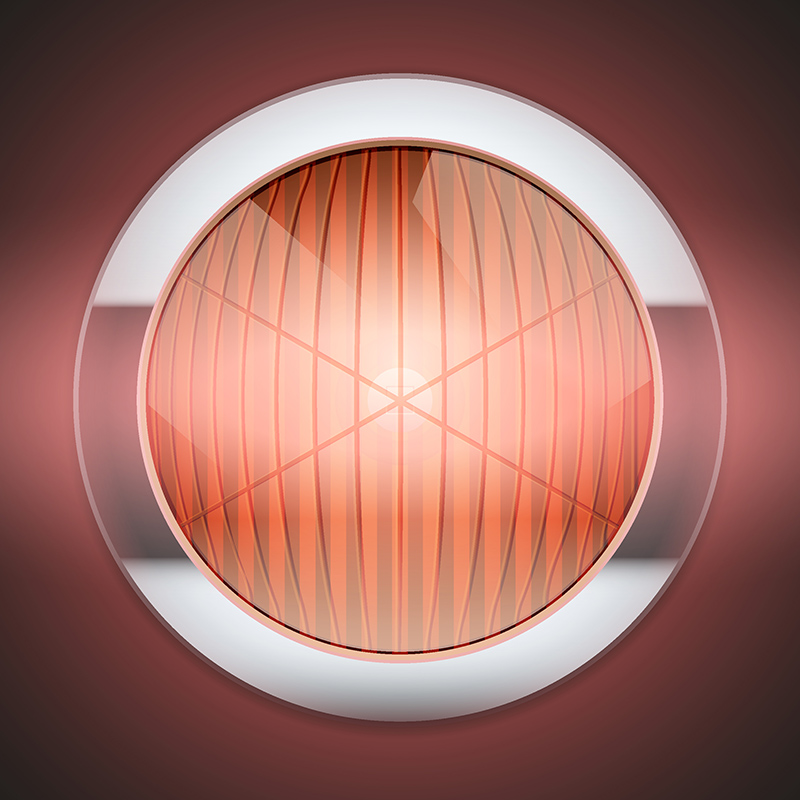 Its tasks are quite clear. It indicates the direction in which the driver intends to steer his vehicle in the next few seconds. It is also used as a warning device. Its use is not a “good will” of the driver, with which they politely want to inform other road users. Furthermore, in case of an accident, the driver may be held liable for not using the turn signal.
Its tasks are quite clear. It indicates the direction in which the driver intends to steer his vehicle in the next few seconds. It is also used as a warning device. Its use is not a “good will” of the driver, with which they politely want to inform other road users. Furthermore, in case of an accident, the driver may be held liable for not using the turn signal.
History of the turn signal
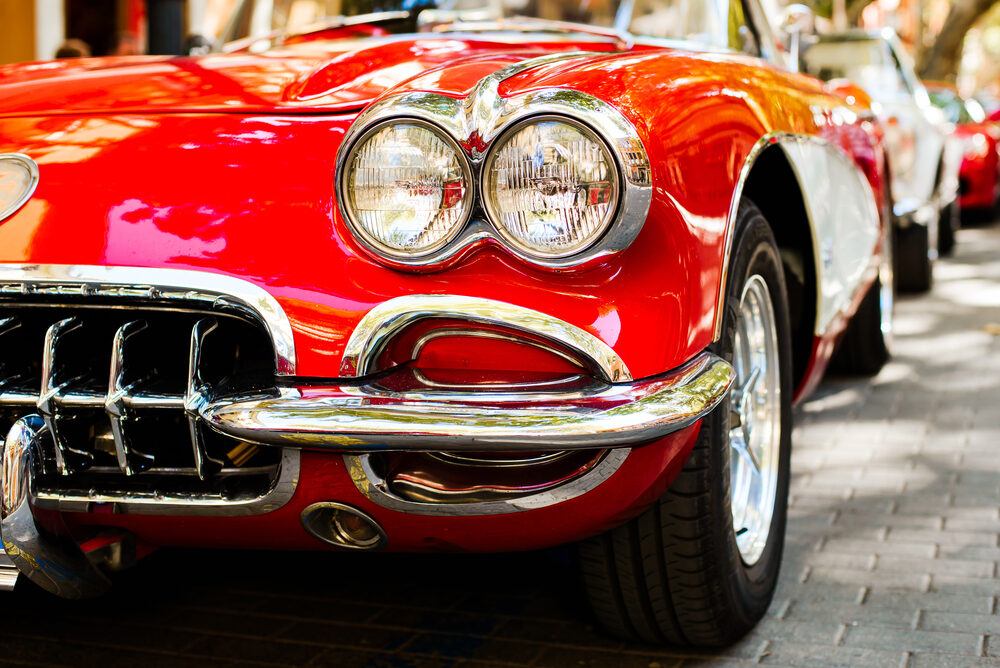
A car is almost 120 years old. What began as an exotic vehicle and soon became the new luxury item for the super-rich, grew into an affordable vehicle for the masses with the Ford Model T at the latest.
As the number of automobiles increased, it became necessary to regulate traffic and establish general standards for vehicle technology and driving. However, a way to communicate one’s turning intentions to other road users was a rather late component of vehicle development.
| It was not until 1950s that the installation of a direction indicator became mandatory for new cars. |

Initially, very awkward-looking modules were developed to serve the purpose: The “Winker” attached to the centre spar was a turn signal on a folding rod. In case of a turn, the rod was folded out and the central light informed the traffic in front, the traffic behind and the traffic to the side about the intention to turn.
However, these indicator lights were not only very awkward in terms of construction and expensive. They also posed a considerable risk of injury to cyclists and pedestrians. Therefore, the indicator solution was quickly replaced by stationary indicators along the sides of the vehicle.
Legal and technical regulations for turn signals on vehicles
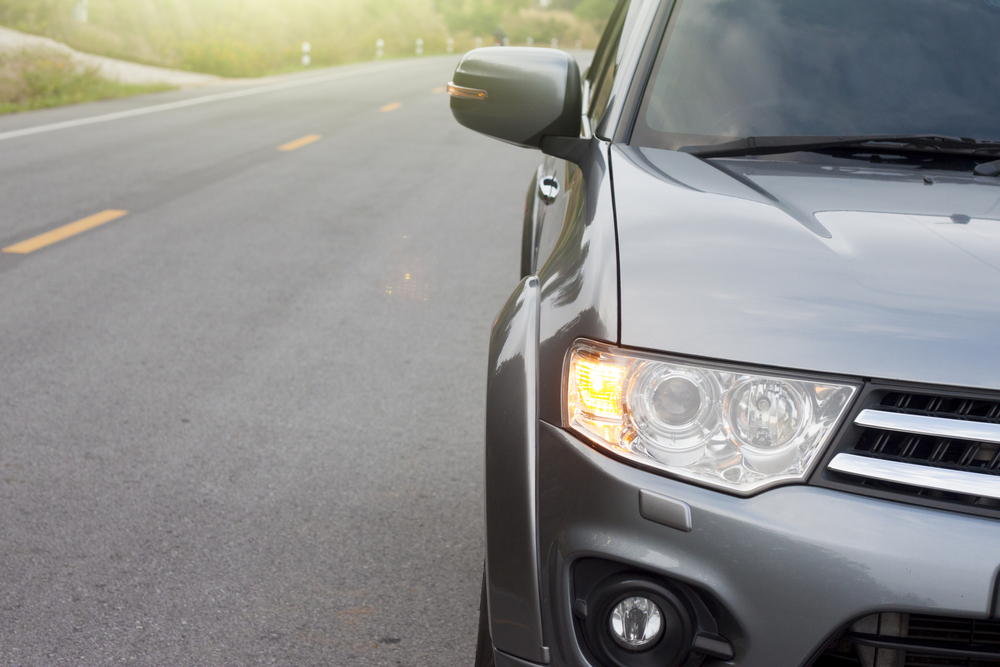
Cars and smaller trucks must be equipped with turn signals at the front and rear. The turn signals must be located on the outer edges of the front and rear.
Interestingly, side turn signals are only mandatory on vehicles longer than 6 metres. However, most vehicle manufacturers equip all their cars with side indicators.
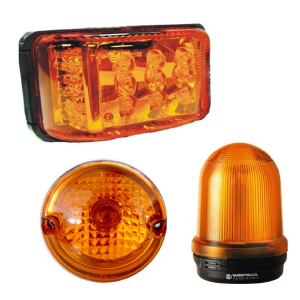
Turn lights | Huge assortmentavailable from £ 1,90to the shop ⇒ |
| Generally speaking, the turn signals should be yellow. Other colours are rarely permitted so that they can be safely distinguished from other signal lights. |
| The turn signals must flash at a frequency of 1.5 Hz +/- 0.5 Hz or approx. 30 flashes per minute. The simultaneously flashing indicator light on the dashboard is also mandatory. |
The characteristic click-clack, i.e. the acoustic feedback about the activated indicator, on the other hand, is not mandatory.
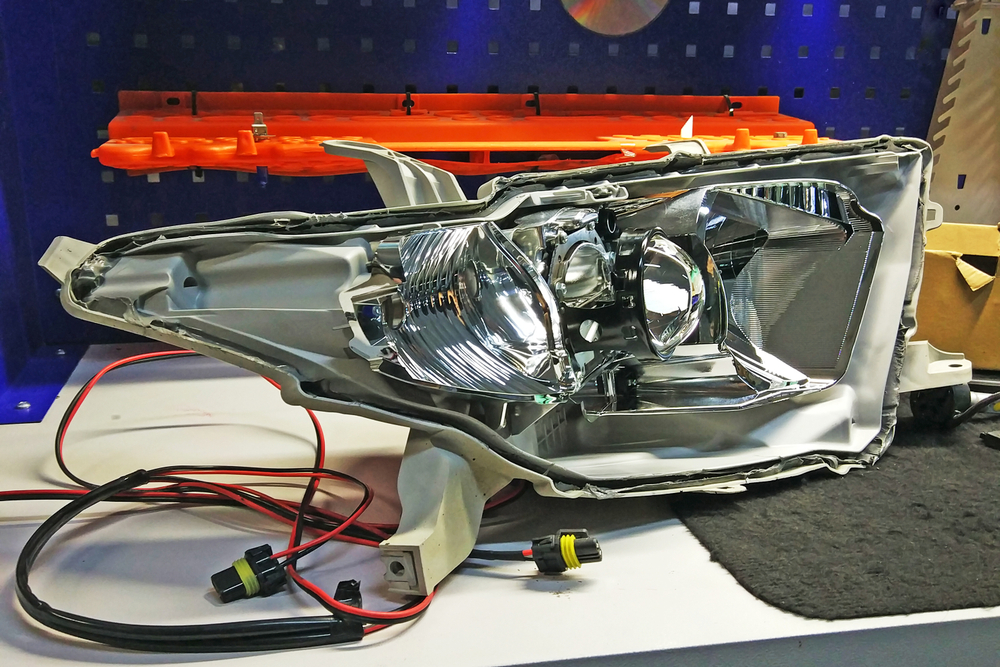
The warning device for a failed bulb is not required but tolerated. Many car manufacturers equip their indicator systems in such a way that the flashing frequency on the side is doubled if an indicator bulb burns out. This way, the driver knows on which side to look and replace the bulb. The automatic resetting of the indicator when the steering wheel is straightened after the turn is technically not prescribed. For reasons of convenience, however, this is now fitted as standard by all vehicle manufacturers.
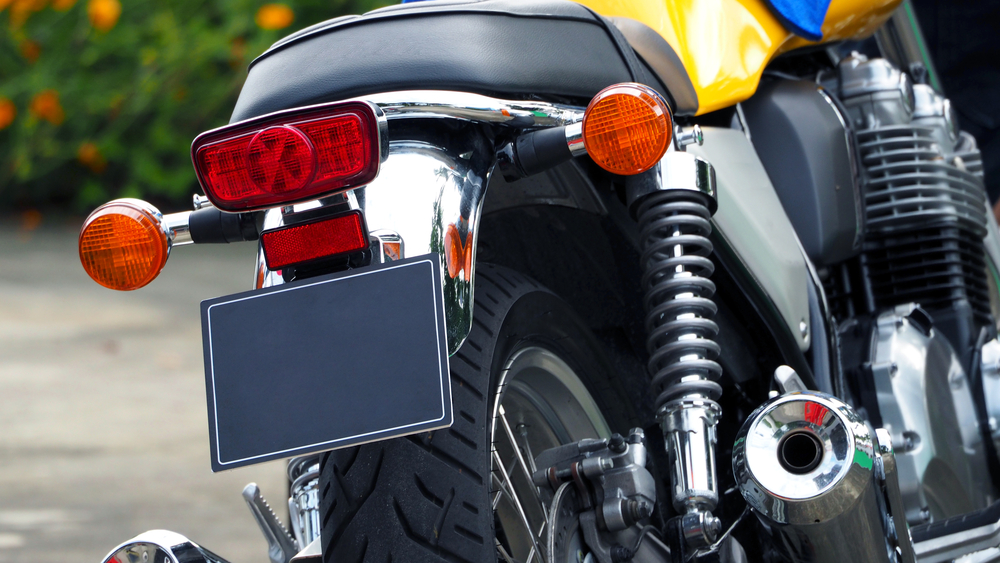
Turn signals on motorbikes are still a problem today. Not only are they annoying and awkward to use. Novice riders often forget to put the indicator back when they have finished turning. Then they can drive around for miles with the indicator active and confuse other road users.
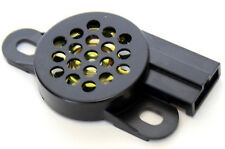 The built-in beepers often heard for this purpose in the 1980s are hardly used today. Here, the manufacturers of motorbike helmets have entered into some cooperative ventures in which wireless hands-free devices and also acoustic turn signal indicators are built into the safety modules.
The built-in beepers often heard for this purpose in the 1980s are hardly used today. Here, the manufacturers of motorbike helmets have entered into some cooperative ventures in which wireless hands-free devices and also acoustic turn signal indicators are built into the safety modules.
Signaling is compulsory!
The “minimum flashing” before the intended change of direction is 3 times. Before changing lanes or turning, the indicator lights should be therefore visibly and audibly lit up at least three times. Then the law speaks of informing the other road users “in good time“.
If you are caught by the police when not indicating, you will be fined and have a point added to your driving record. If an accident is caused by failure to signal, the penalties are much more severe.
Turn signals on the vehicle
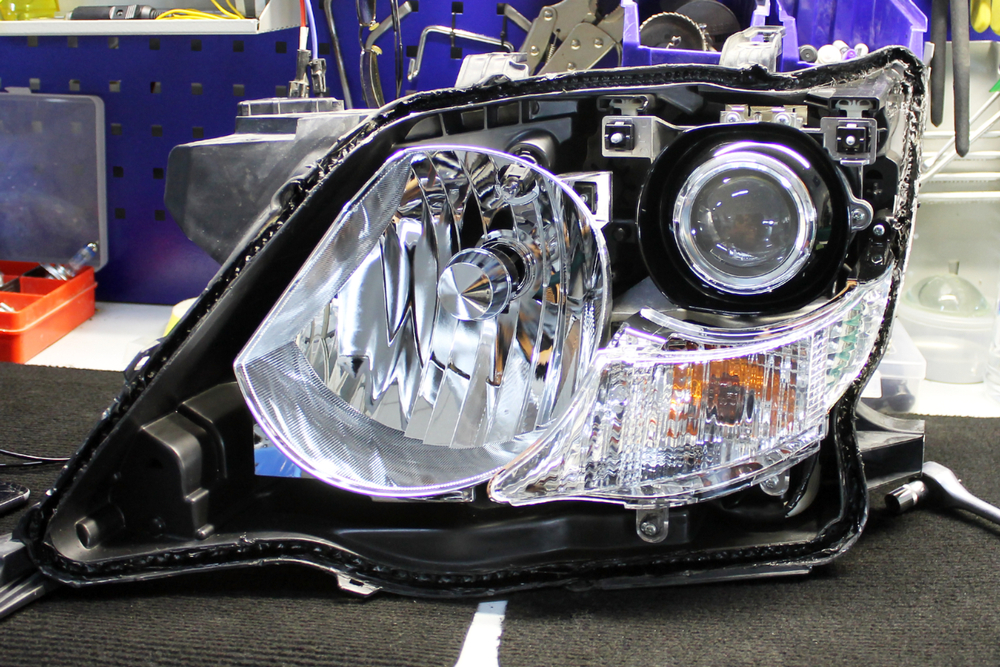
- The turn signals are usually located at the front behind a separate lens or are integrated into the headlights battery by means of a bulb coloured yellow.
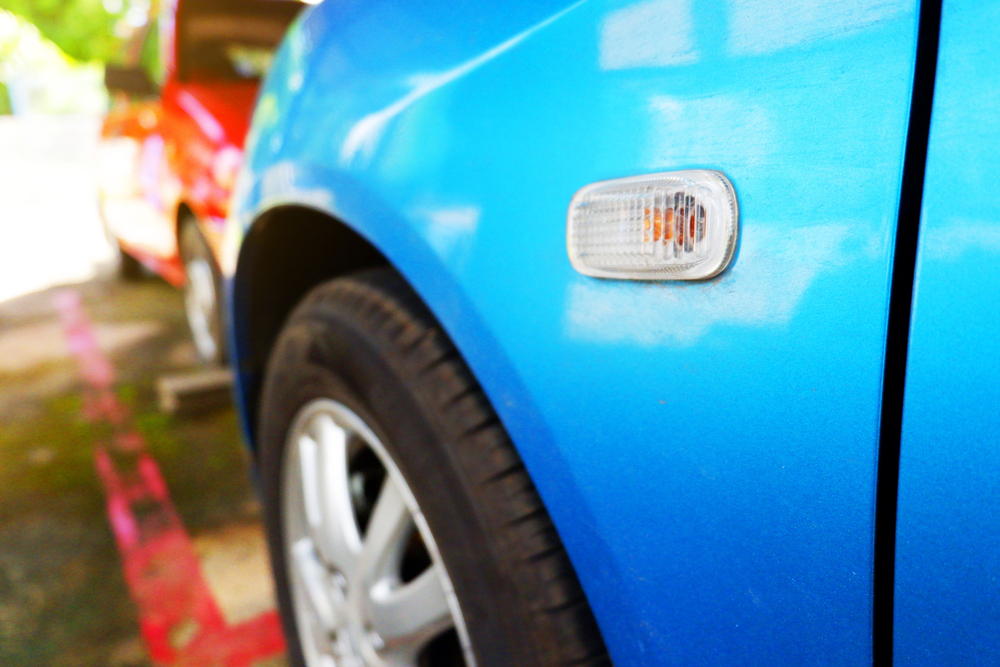
- The side indicators are usually located above the front wheel in the mudguard.
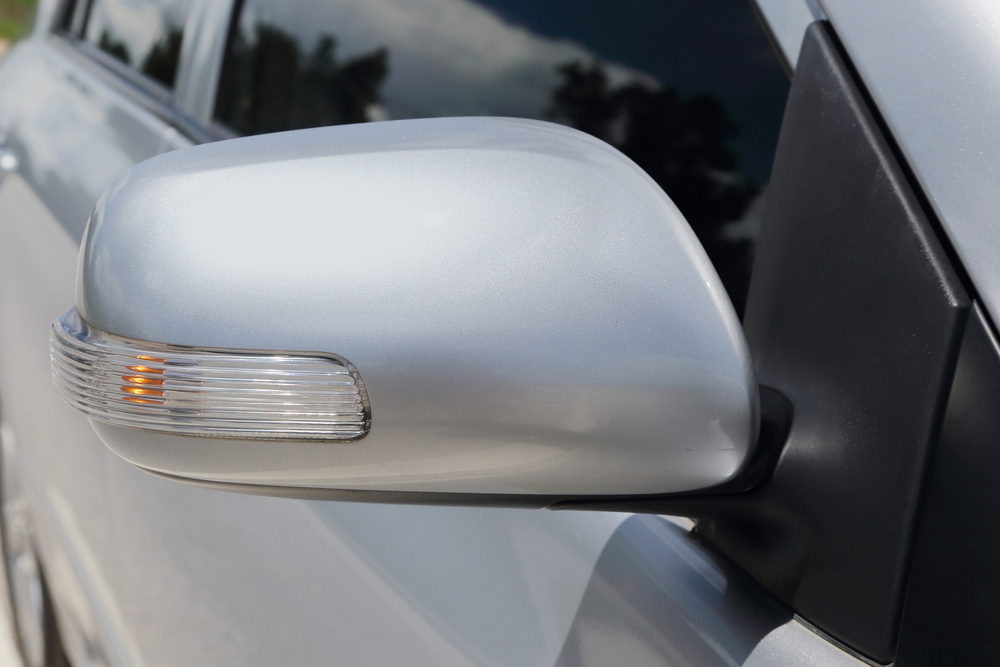
- Particularly chic, however, is the integration of the indicator into the side mirror. This design can be a makeshift replacement for a failing front indicator. However, defective indicator bulbs should always be replaced immediately.
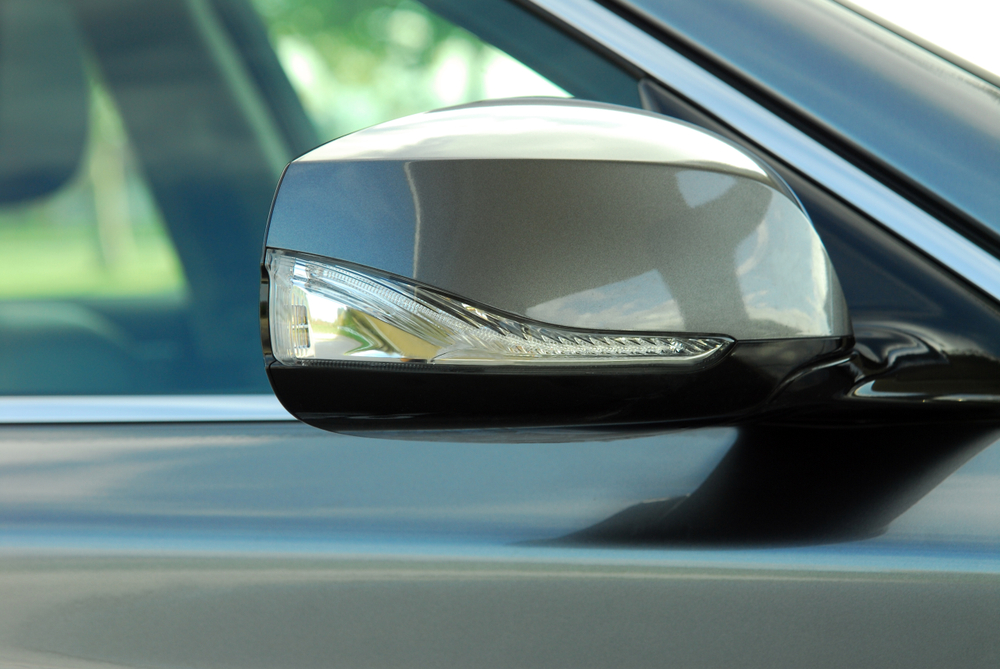
- Rear-view mirrors with integrated turn signals can be retrofitted to most vehicles.
As mentioned above, the installation of a side indicator is not mandatory for cars under six metres in length – which probably only includes stretch limousines. In the meantime, however, they have become the design standard for all vehicle manufacturers.
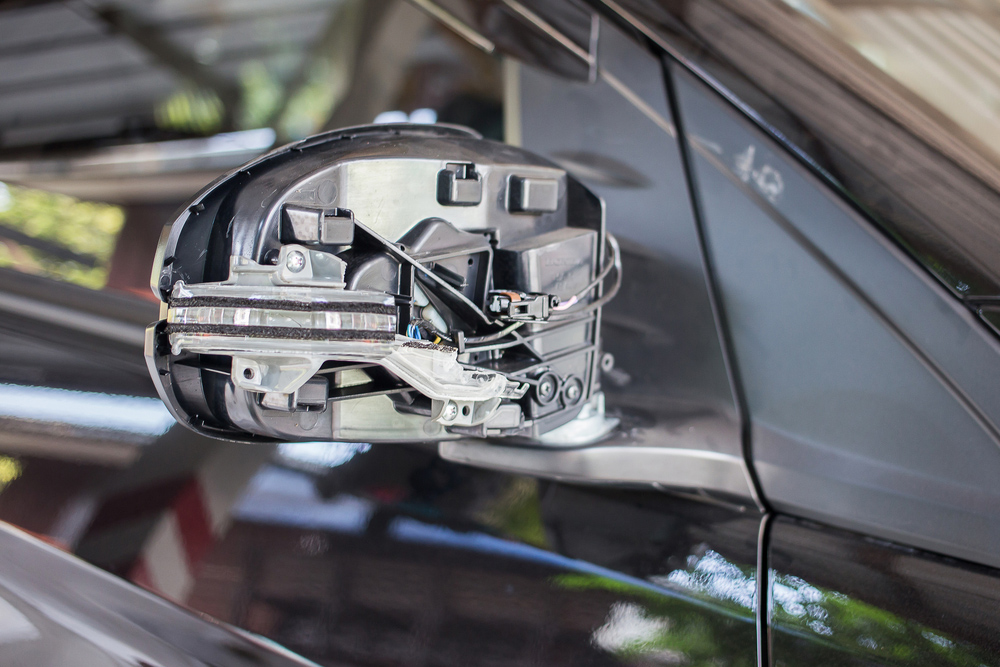
- In case of the rear lights, the indicator is usually located in the signal battery. In many vehicles, it is arranged in such a way that it radiates both to the rear and to the side. This gives it a particularly good all-round effect.
- In case of the front and side turn signals, the housing usually has to be unscrewed from the outside to access the bulb.
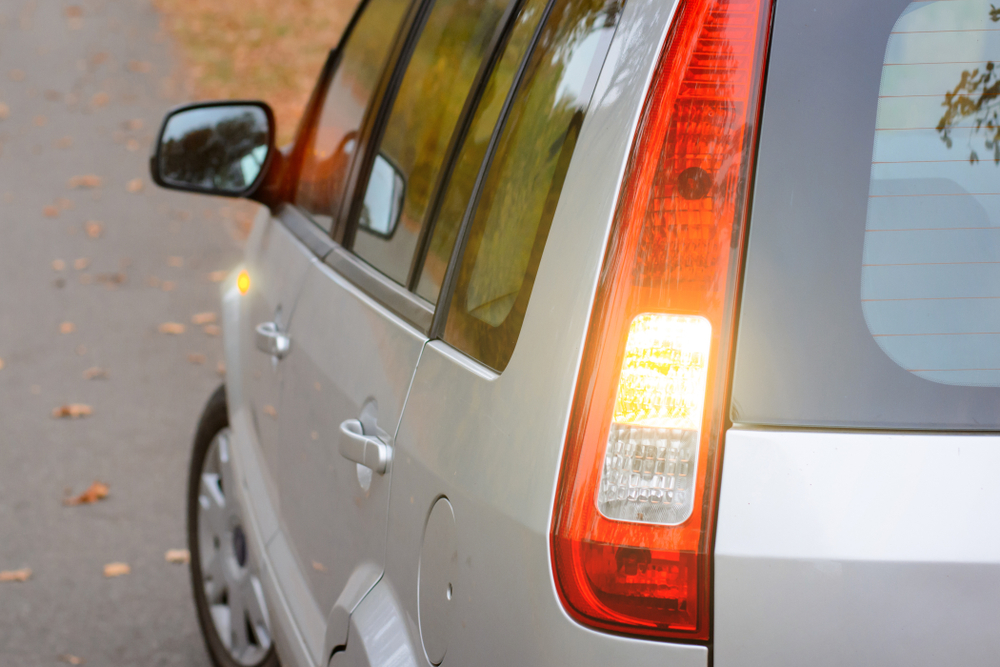
- In case of the turn signals at the rear of the vehicle, the bulb of the indicator is accessible through the boot.
On most vehicles, the light battery is housed on a common circuit board. This is snapped onto the housing with a simple plug-and-snap mechanism.
No tools are required to remove it. It is only important that the light battery is pulled straight out of the housing. Otherwise other bulbs may break off.
We recommend replacing defective turn signals with LED bulbs as a matter of principle.
|
They have some significant advantages: – Significantly longer service life – Higher signal strength – Faster response |
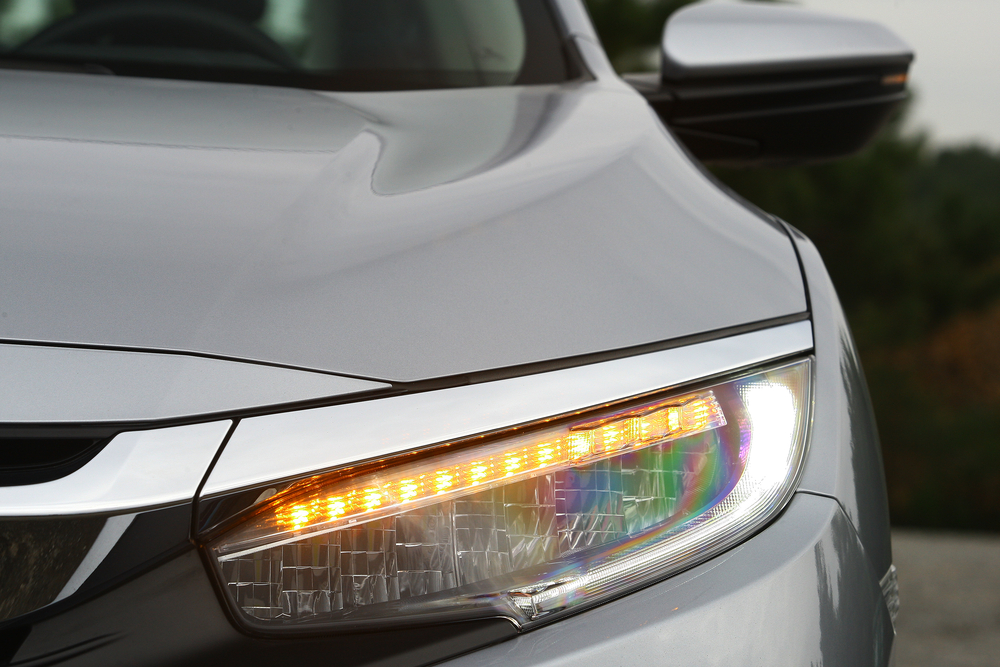
The LED-based replacement bulbs available today are nowhere near as expensive as they were a few years ago. Although the obsolete filament bulbs are now sold in the penny range, you should still avoid using them.
If the indicator has to be replaced and a new bulb should be bought, you can also take the opportunity to upgrade the entire signal battery with LED lamps. This way, you will build in an optimum for the rest of the vehicle’s lifespan, which protects against failures or weak performance.
New trend
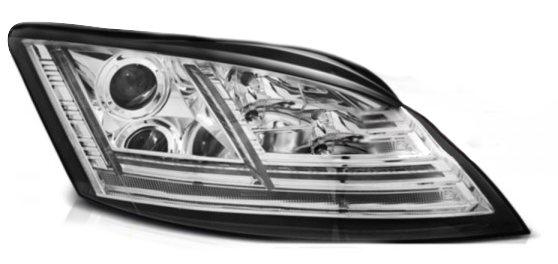 The latest trend in the turn signals technology initiated by AUDI is the replacement of the on-off-on-off signal by a continuous tracer. This is legal and is already being adopted by retrofitters. How sensible or beautiful this is, is in the eye of the beholder. The only important thing is that when installing this gimmick, take care to ensure that a certificate is available for it.
The latest trend in the turn signals technology initiated by AUDI is the replacement of the on-off-on-off signal by a continuous tracer. This is legal and is already being adopted by retrofitters. How sensible or beautiful this is, is in the eye of the beholder. The only important thing is that when installing this gimmick, take care to ensure that a certificate is available for it.
Especially in contrast to the conventional flashing light, the signalling effect is there in any case. However, as soon as this technology is adopted by other car manufacturers, the special conspicuousness of the running light will be gone. But the car industry will certainly come up with something new for this case, as it has always done before.
Foto: Vadym Wedmov, VitaminCo, bodiaphvideo, eakstocker, jpreat, KatMoy, gnepphoto, MASTER PHOTO 2017, charnsitr, algre, Russamee, Vitalii Petrushenko, otomobil / shutterstock.com

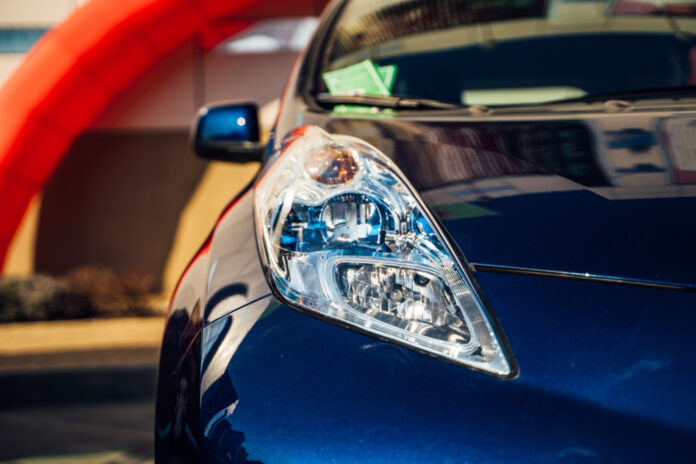
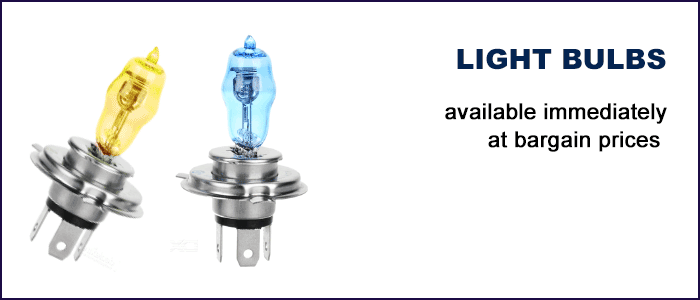

 (28 votes, average: 4.57 out of 5)
(28 votes, average: 4.57 out of 5)







